By Christopher Miskimon
On May 21, 1969, while much of the 101st Airborne Division’s 1st Battalion, 501st Infantry, is engaging the enemy, Lieutenant Ed Sherwood’s Third Platoon, Delta Company, is guarding rucksacks. The company’s first and second platoons have advanced toward a North Vietnamese bunker complex some 100 meters north. Before deploying for their assault, they dropped their heavy rucksacks so they could move more quickly. If the enemy were to capture the rucksacks, which are laden with water, ammunition, and equipment, it would be a great prize for them, and the paratroopers of Third Platoon have been tasked to guard them. Sherwood and his three squads of riflemen can hear the battle a short distance away, but no stray fire comes their way.
The squad closest to the action, led by Sergeant Jim Littleton, believes it can assist in the fight. Without asking Sherwood, Littleton takes a few men and sneaks closer to the fighting. If Littleton had asked, Sherwood would have refused to let him go, so the sergeant follows the age-old credo, “it is better to beg forgiveness than ask permission.” The NCO soon realizes the troops in contact are in a tough spot, so he informs Sherwood of his new position and tells his officer the squad can help in the fight. Sherwood tells him to go ahead.
One of Littleton’s men, Private First Class Rob Sitek, is on point. He sees Specialist Mike Tomaszewski on a rice paddy trying to recover wounded men. Mike has already fired nine magazines through his M-16 and has grabbed more from a wounded buddy. Ironically, the extra ammunition is back in the rucksacks. Mike directs the members of Littleon’s squad along a trail where they might be able to flank the bunkers. They pass a dead enemy soldier, and then see an anguished American who has just lost his two best friends.
Bursts of fire from an RPD machine gun and an AK-47 send them all diving to the ground. A well-concealed bunker is only 20 meters away. As the paratroopers return fire, a nearby M-60 machine gun lets loose on the bunker, quickly suppressing the enemy inside. Private First Class Johnny Pilsner turns to guard the squad’s rear.
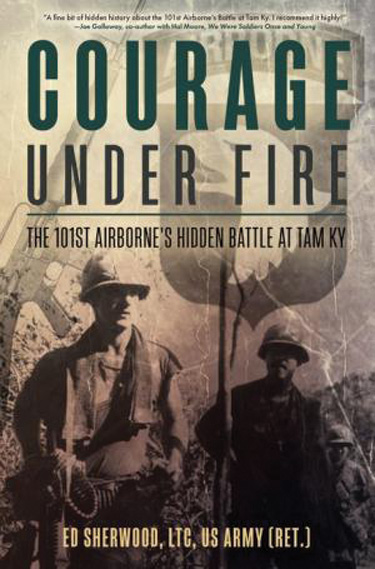 The NVA often suppress the enemy from one direction and attacks it from another. Littleton moves his men forward, and soon they reach a small well. Another bunker fires on them, forcing them to ground again. Nearby soldiers are wounded, but then an American comes crawling out of the bushes. He has a 90mm recoilless rifle strapped to his back and drags several rounds of ammunition with him.
The NVA often suppress the enemy from one direction and attacks it from another. Littleton moves his men forward, and soon they reach a small well. Another bunker fires on them, forcing them to ground again. Nearby soldiers are wounded, but then an American comes crawling out of the bushes. He has a 90mm recoilless rifle strapped to his back and drags several rounds of ammunition with him.
Sitek acts as the loader for the weapon and the gunner puts several into the bunker, destroying it. Despite the small victory, company commander Captain Robert Begley realizes his small unit is overmatched and need to pull back. But first they must evacuate their wounded. Until they do, there can be no air strikes or artillery.
While part of the 101st Division fought at nearby Hamburger Hill, Delta Company and its brigade fought at nearby Tam Ky, a fight just as difficult but suppressed in the news media because the Nixon administration was already taking criticism for Hamburger Hill. These unheralded GIs fought for four weeks in tough conditions. Now their story of endurance and courage is well told in Courage Under Fire: The 101st Airborne’s Hidden Battle at Tam Ky (Ed Sherwood, LTC, US Army (Ret), Casemate Publishing, Havertown PA, 2021, 314 pp., maps. Photographs, bibliography, appendices, glossary, index $34.95, hardcover).
Sherwood rose to the rank of lieutenant colonel in the U.S. Army before retiring in 1988. Like many military officers, his time as a platoon leader in Delta Company remained with him. His intent in writing this account is to honor those who served and educate their families as to what their loved ones experienced. In this effort he has succeeded for the book is full of the small details of military life, field service and combat which mark an infantryman’s existence. The text is above all readable, as the author effectively communicates with the reader using clear prose. Eyewitness accounts from unit veterans are mixed with official records and after-action reports to create a clear picture of the event at Tam Ky.
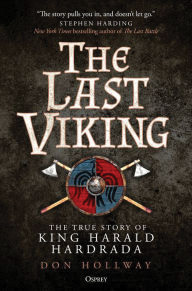 The Last Viking: The True Story of Harald Hardrada (Don Hollway, Osprey Publishing, Oxford UK, 2021, 368 pp., maps, photographs, notes, bibliography, index, $30.00, hardcover)
The Last Viking: The True Story of Harald Hardrada (Don Hollway, Osprey Publishing, Oxford UK, 2021, 368 pp., maps, photographs, notes, bibliography, index, $30.00, hardcover)
King Harald proved easy to spot on the battlefield, green land on the bank of the Ouse River, just south of York, England in September 1066. The leader of the Norse army was 51, but still tall and proud with blond hair and a short beard. Above his head fluttered his royal banner, named Land-Waster, a field of white silk bearing a black raven, a symbol of the god Odin.
Even his name hinted at greatness, translating as army leader in Old Germanic. He was here with Tostig, the overthrown and banished former Earl of Northumbria, who sought to reclaim his position. However, at this battle his ragged force was soon driven back by English housecarls. It was a sad display but served a purpose; the English line became drawn out, overextended and vulnerable. Harald ordered his men to advance, Land-Waster leading the way.
Harald Hardrada’s story, and his life, ended soon after the Battle of Fulford, but he was one of Norway’s greatest kings, nonetheless. Before becoming a ruler, he spent years as a mercenary and in the Byzantine’s Varangian Guard. This new volume tells the story of this larger-than-life figure using clear and compelling prose. The author performs creditable work describing the world and people who surrounded Harald and with whom he interacted, sometimes violently. This book is worthy of its subject.
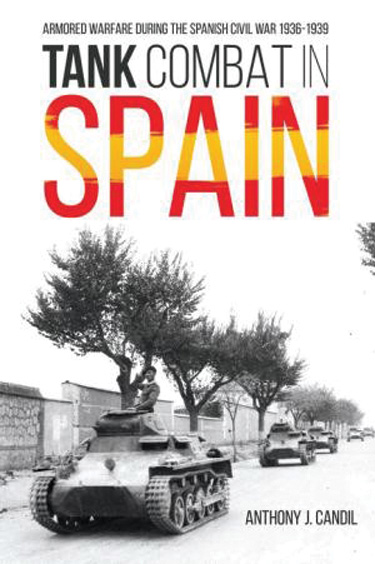 Tank Combat in Spain: Armored Warfare During the Spanish Civil War 1936-1939 (Anthony J. Candil, Casemate Publishing, Havertown PA, 2021, 240 pp., photographs, notes, bibliography, index, $34.95, hardcover)
Tank Combat in Spain: Armored Warfare During the Spanish Civil War 1936-1939 (Anthony J. Candil, Casemate Publishing, Havertown PA, 2021, 240 pp., photographs, notes, bibliography, index, $34.95, hardcover)
On October 29, 1936, a company of Soviet-built T-26 tanks, commanded by Soviet Captain Pavel Arman ran into the advanced guard of Nationalist General Francisco Franco’s spearhead, moving toward Madrid. The dozen tanks went on a 10-hour raid, mostly against opposing cavalry units. They advanced 30 miles, outpacing their supporting infantry, but causing great damage to their enemy. The Soviets scattered cavalry along the road in two towns and destroyed an opposing platoon of Italian tanks. One T-26 commanded by Lt. Semyon Osadchy even rammed an Italian tank, pushing it into a ravine, the first known instance of ramming in tank warfare. Some hastily created Molotov cocktails were used to set several of the T-26s on fire, finally forcing them to retreat.
Many theories on modern armored combat had their origin in the Spanish Civil War, where nations such as Germany, the Soviet Union, and Italy committed forces. These included tanks, giving their designers valuable experience on how to best employ them in actual battlefield conditions. This knowledge would soon be used to great effect in World War II.
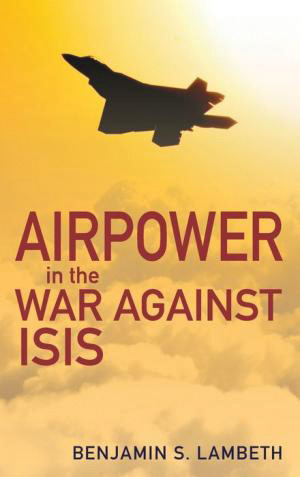 Airpower in the War Against ISIS (Benjamin S. Lambeth, Naval Institute Press, Annapolis MD, 2021, 305 pp., maps, photographs, notes, bibliography, index, $55.00, hardcover)
Airpower in the War Against ISIS (Benjamin S. Lambeth, Naval Institute Press, Annapolis MD, 2021, 305 pp., maps, photographs, notes, bibliography, index, $55.00, hardcover)
Captain Greg Balzhiser looked at his target in frustration. The young Air Force officer stared out from the cockpit of his F-16 fighter in 2014 at an Islamic State of Iraq and the Levant (ISIS) fighting vehicle in Barwanah, Iraq. It was a strange combination. The turret of an old Soviet-era ZU-23-4 antiaircraft vehicle mounted on the back of a Ford 250 pickup truck, and it was firing at allied Iraqis.
At this early stage of the campaign, targets had to be approved at a remarkably high level, so Balzhiser waited as the hours went by. As he waited in frustration, the target vehicle took cover in a car port. An hour later, approval finally arrived, and the vehicle broke from cover and began to withdraw. Fearing the air strike would be cancelled, Balzhiser followed the truck through the town. He put his targeting pod on it and had to switch to infrared mode; the hot gun barrels showed up nicely on the screen. From five miles away, the pilot released a 500-lb bomb, and then turned to aim his laser designator at the target. The bomb struck exactly on target, blowing the makeshift armored vehicle in half. Its remaining fuel and ammunition cooked off, leaving the truck a shattered wreck. Nine hours after takeoff, the F-16 touched down again.
Captain Balzhiser’s experience highlights several points about the Allied air campaign against ISIS. First, airpower could strike heavy blows against the enemy organization and deprive them of heavy weapons, logistics and safe bases. Second, the political dimension of the war meant pilots were often frustrated by higher decision-making which prevented them from engaging the enemy in a timely fashion.
This new book summarizes the use of airpower in the war against the terrorist organization in both its military and political dimensions. It provides a thorough look at the complexity and decision-making which goes into modern counter insurgency campaigns.
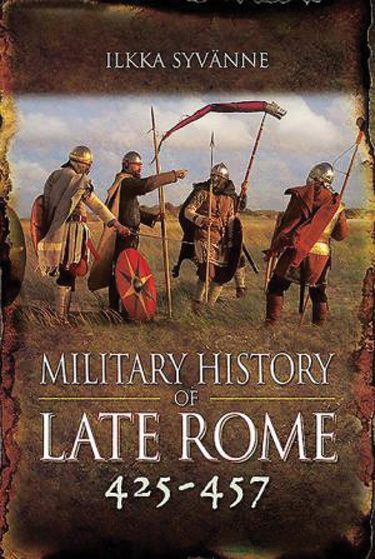 Military History of Late Rome 425-457 (Ilkka Syvanne, Pen and Sword Publishing, South Yorkshire UK, 2021, 180 pp., maps, photographs, notes, bibliography, index, $39.95, hardcover)
Military History of Late Rome 425-457 (Ilkka Syvanne, Pen and Sword Publishing, South Yorkshire UK, 2021, 180 pp., maps, photographs, notes, bibliography, index, $39.95, hardcover)
By the early 400s Rome sat in decline, divided into Eastern and Western Empires. Both halves of the once-united Rome stood under dire threat from masses of Huns, who had made inroads against both, but particularly against Western Rome. Only the cooperation between Marcian, the Eastern Roman Emperor, and Aetius, the great Western Roman general, prevented their collapse. A combined Roman army defeated the Huns, led by Attila, at the Battle of the Catalaunian Fields in 451, ending the threat to European civilization for a time.
The author has penned several books on ancient and medieval history, with this latest work being the fourth in a series on the military history of late Rome. He skillfully analyzes the tactics, strategy, and politics of the period to create a narrative which is easy to comprehend. The book is well-illustrated, including several color plates of modern reenactors using period weapons, armor, and clothing and even recreated Gothic buildings. There also are many excellent maps interspersed with the text to keep the reader grounded in place. A new evaluation of the Battle of the Catalaunian Fields gives the reader a fresh perspective on a much-discussed action.
 Crisis at the Chesapeake: The Royal Navy and the Struggle for America 1775 – 1783 (Quinton Barry, Helion and Company Books, South Yorkshire UK, 260 pp., maps, photographs, appendices, notes, bibliography, index, $37.50, softcover)
Crisis at the Chesapeake: The Royal Navy and the Struggle for America 1775 – 1783 (Quinton Barry, Helion and Company Books, South Yorkshire UK, 260 pp., maps, photographs, appendices, notes, bibliography, index, $37.50, softcover)
In 1780 the American Revolution sat in stalemate. The American forces had not been decisively defeated in the field and were still in existence, now bolstered by aid from France and Spain. Britain needed forces closer to home and the Royal Navy’s leadership was forced into a difficult balancing act to keep adequate troops and ships on the various fronts.
Now a new crisis appeared, as France saw the need to send a sizable fleet to North America. This fleet arrived in the West Indies in April 1781 and its commander intended to reach the American coast by July. General George Washington’s Continental Army moved south to meet it. The stage was set for a showdown between British and French fleets at the Chesapeake Bay.
This new work is part of the publisher’s “From Reason to Revolution” series, covering the period 1721 to 1815, when the concept of total war began to replace the era of fortresses and linear battle. It is a thorough look at the Royal Navy’s involvement in the American Revolution.
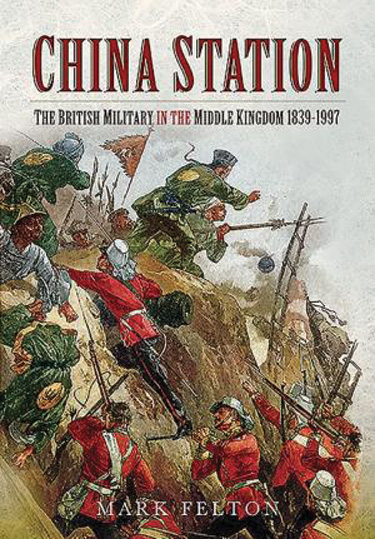 China Station: The British Military in the Middle Kingdom 1839 – 1997 (Mark Felton, Pen and Sword Publishing, 2021, 217 pp., photographs, appendices, notes, bibliography, index, $29.95, softcover)
China Station: The British Military in the Middle Kingdom 1839 – 1997 (Mark Felton, Pen and Sword Publishing, 2021, 217 pp., photographs, appendices, notes, bibliography, index, $29.95, softcover)
The First Opium War was not one of the British Empire’s proudest moments, but it had more profound effects for China. The war was often a series of British demands, followed by Chinese resistance, resulting in sorties by the Royal Navy. The attack on Canton on January 7, 1841, is but example. Several British warships landed a mixed force of Royal Army, Marines, and Indian troops ashore to take forts protecting the city. When the British force approached the Chinese opened fire and Royal navy vessels moved into bombard. The Chines forts succumbed after about an hour.
In a nearby bay, fifteen Chinese war junks sailed out to meet the British ships. HMS Nemesis fired a solitary rocket at one of the junks, causing an explosion which sent debris crashing all around. British gunners soon hit another 10 junks and the rest struck their colors. Only an hour and a half had passed since the forts surrendered. More Chinese forts soon fell and by day’s end the British achieved complete victory at a cost of thirty-eight wounded. Chinese casualties were upwards of 900 dead and wounded.
As China has evolved and changed over the past two centuries, the British military has been present during many of the period’s most important historic events. In this work, the author succeeds in encapsulating this involvement in a single volume, compact yet thorough in detail and scope. A useful set of appendices highlight the organization of British units unique to the region and lists of the various units which served across time.
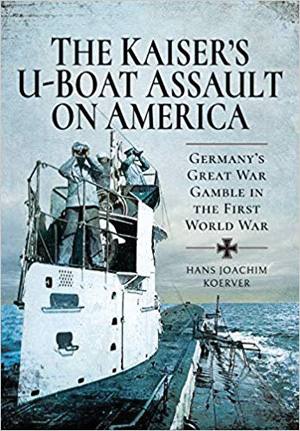 The Kaiser’s U-Boat Assault on America: Germany’s Great Gamble in the First World War (Hans Joachim Koerver, Pen and Sword Publishing, South Yorkshire UK, 2020, 343 pp., maps, photographs, appendices, notes, bibliography, index, $34.95, hardcover)
The Kaiser’s U-Boat Assault on America: Germany’s Great Gamble in the First World War (Hans Joachim Koerver, Pen and Sword Publishing, South Yorkshire UK, 2020, 343 pp., maps, photographs, appendices, notes, bibliography, index, $34.95, hardcover)
On February 3, 1917, the U.S. merchantman Housatonic, a 3,143-ton freighter, sailed east across the Atlantic toward England with a cargo of grain. The ship began life as the German ship Georgia but fled to an American port when World War I began. In 1915 an American shipping company bought the vessel and reflagged it.
At 10:30 am, as the ship sailed placidly along, a pair of warning shots rang out, giving the ship’s crew little choice but to stop. A German submarine, the U-53 under Fregattenkapitan Hans Rose soon came near. The captain of the Housatonic showed his papers to the German officer. “You are carrying foodstuffs to an enemy of my country, and though I am sorry, it is my duty to sink you,” the German officer said.
The American crew was given time to board their lifeboats, then U-53’s crew torpedoed Housatonic, sending her to the bottom. The Germans then towed the lifeboats for two hours to get them closer to the British coastline, until they spotted a British patrol boat. The Germans fired a shot to get its attention and then dove away. Housatonic was the first American merchantman sunk since the beginning of unrestricted submarine warfare.
Extensive research and a wide-ranging scope are among the strengths of this new work. The author relays the details of Germany’s U-Boat campaign at the tactical, operational, strategic, political, and logistical levels. This provides the reader a complete view of the campaign and its origins and effects along with the decisions which led to it. The book contains numerous maps to help the reader follow the action and many photographs and tables to accompany the text. The work also examines the American response and how it helped lead to the American declaration of war.
Short Bursts
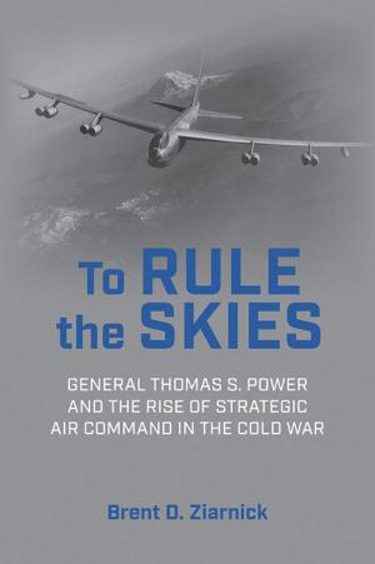 British Fighter Aircraft in World War I (Mark C. Wilkins, Casemate Publishing, 2021$39.95, hardcover) Great Britain produced some of the best and most successful fighter aircraft of the Great War. Their design and construction are covered in this new work, along with the innovative features which made them so effective.
British Fighter Aircraft in World War I (Mark C. Wilkins, Casemate Publishing, 2021$39.95, hardcover) Great Britain produced some of the best and most successful fighter aircraft of the Great War. Their design and construction are covered in this new work, along with the innovative features which made them so effective.
To Rule the Skies: General Thomas S. Power and the Rise of Strategic Air Command in the Cold War (Brent D. Ziarnick, Naval Institute Press, 2021, $39.95, hardcover) General Thomas S. Power, commander of the Strategic Air Command from 1957 to 1964, is generally considered a hawkish follow-on to U.S. Air Force Chief of Staff General Curtis LeMay. This new biography argues against this view and show Power’s depth behind the stereotype ascribed to him.
A-7 Corsair II Units 1975-91 (Peter Mersky with Mike Crutch and Tony Holmes, Osprey Publishing, 2021, $24.00, softcover) The A-7 served as the U.S. Navy’s primary light attack aircraft for much of the Cold War. This book covers the plane’s use in several small post-Vietnam campaigns through Operation Desert Storm.
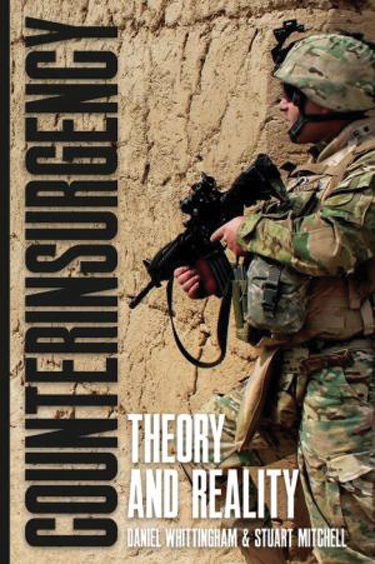 Warship 2021 (Edited by John Jordan, Osprey Publishing, 2021, $60.00, hardcover) This annual volume covers many unknown and interesting ship designs. Each chapter is from a different author with expertise in the specific area.
Warship 2021 (Edited by John Jordan, Osprey Publishing, 2021, $60.00, hardcover) This annual volume covers many unknown and interesting ship designs. Each chapter is from a different author with expertise in the specific area.
Counterinsurgency: Theory and Reality (Daniel Whittingham and Stuart Mitchell, Casemate Books, 2021, $29.95, hardcover) Counterinsurgency is a difficult form of warfare. This work delves into its history, techniques, and effectiveness.
From F-4 Phantom to A-10 Warthog: Memoirs of a Cold War Fighter Pilot (Col. Steve Ladd, USAF (Ret.), Air World Books, 2021, $34.95, hardcover) The author flew jets from the 1960s to the 1980s. He experienced many of the era’s military hot spots.
75 Years of the Lockheed Martin Skunk Works (James C. Goodall, Osprey Publishing, 2021, $70.00, hardcover) Some of America’s most advanced aircraft have come from the famous Skunk Works. This book highlights some of its successful weapon systems.
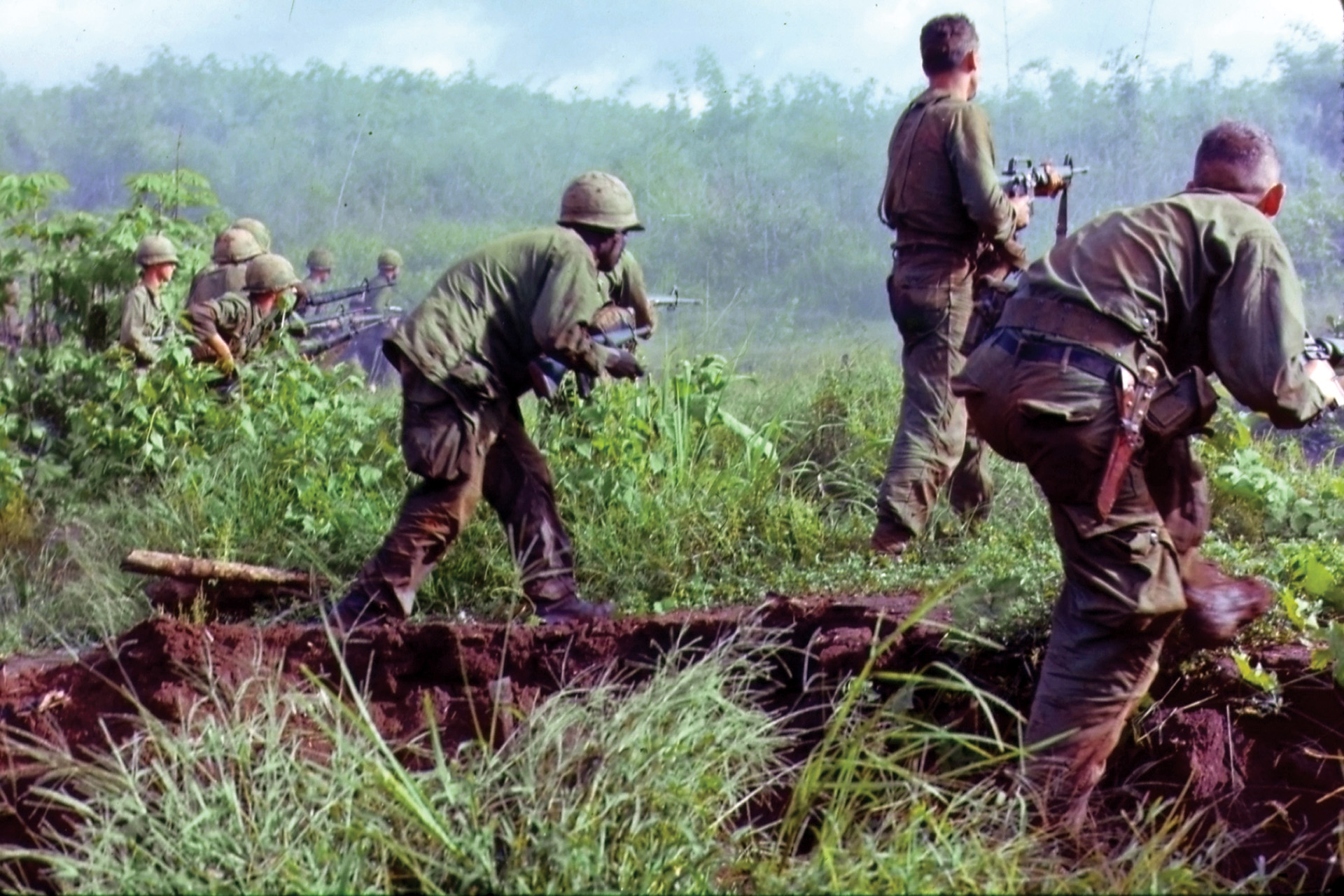
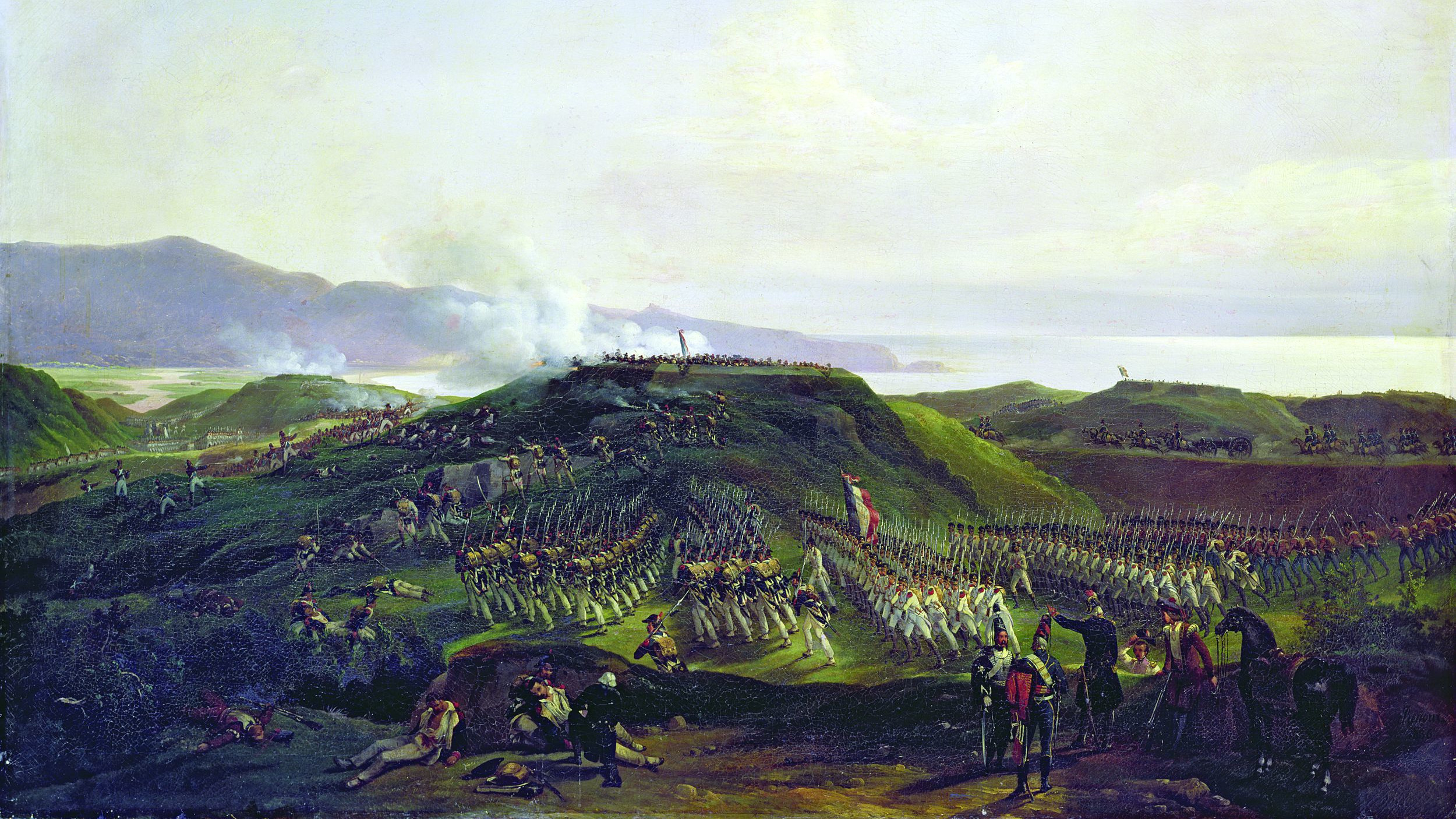
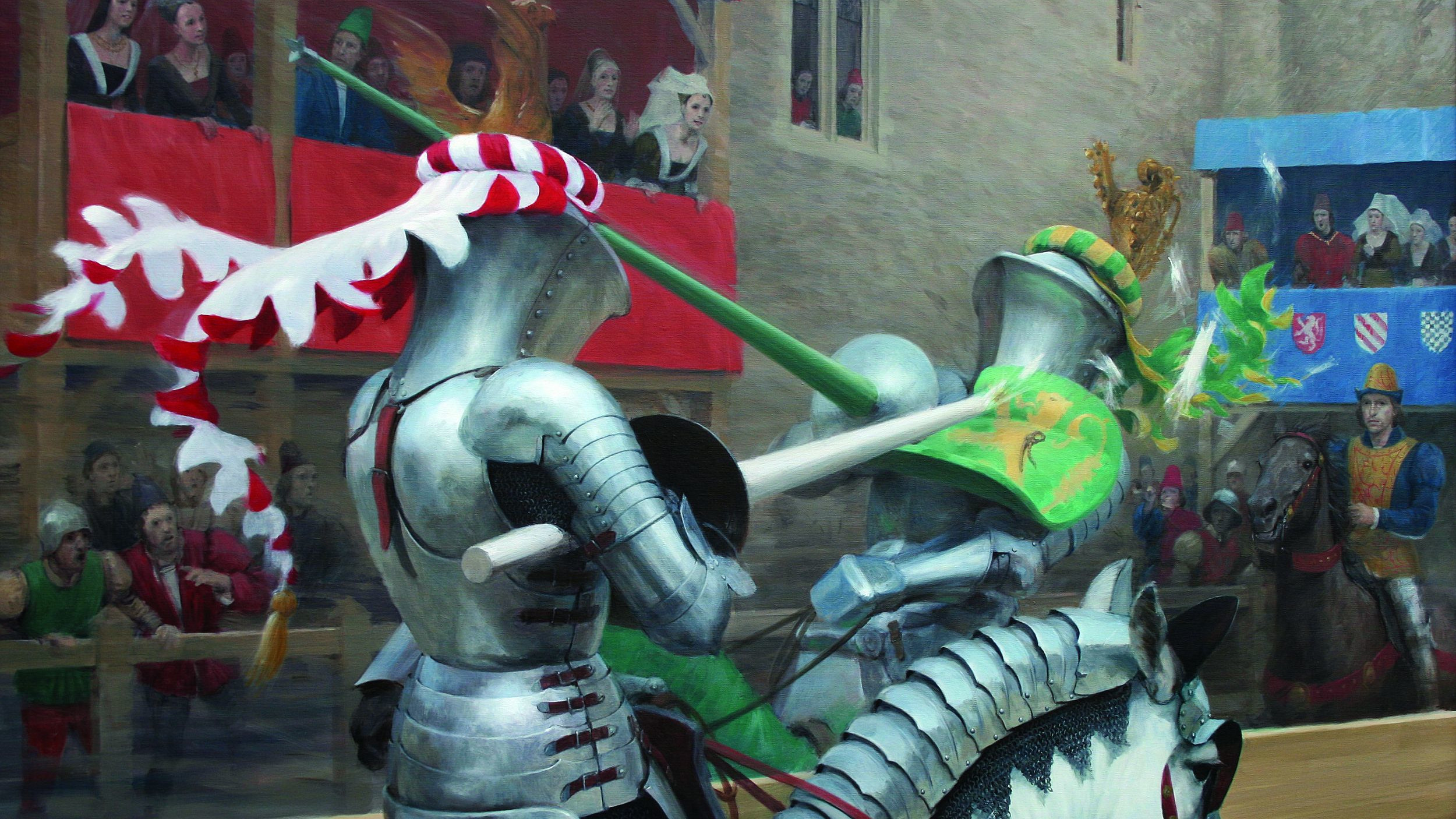
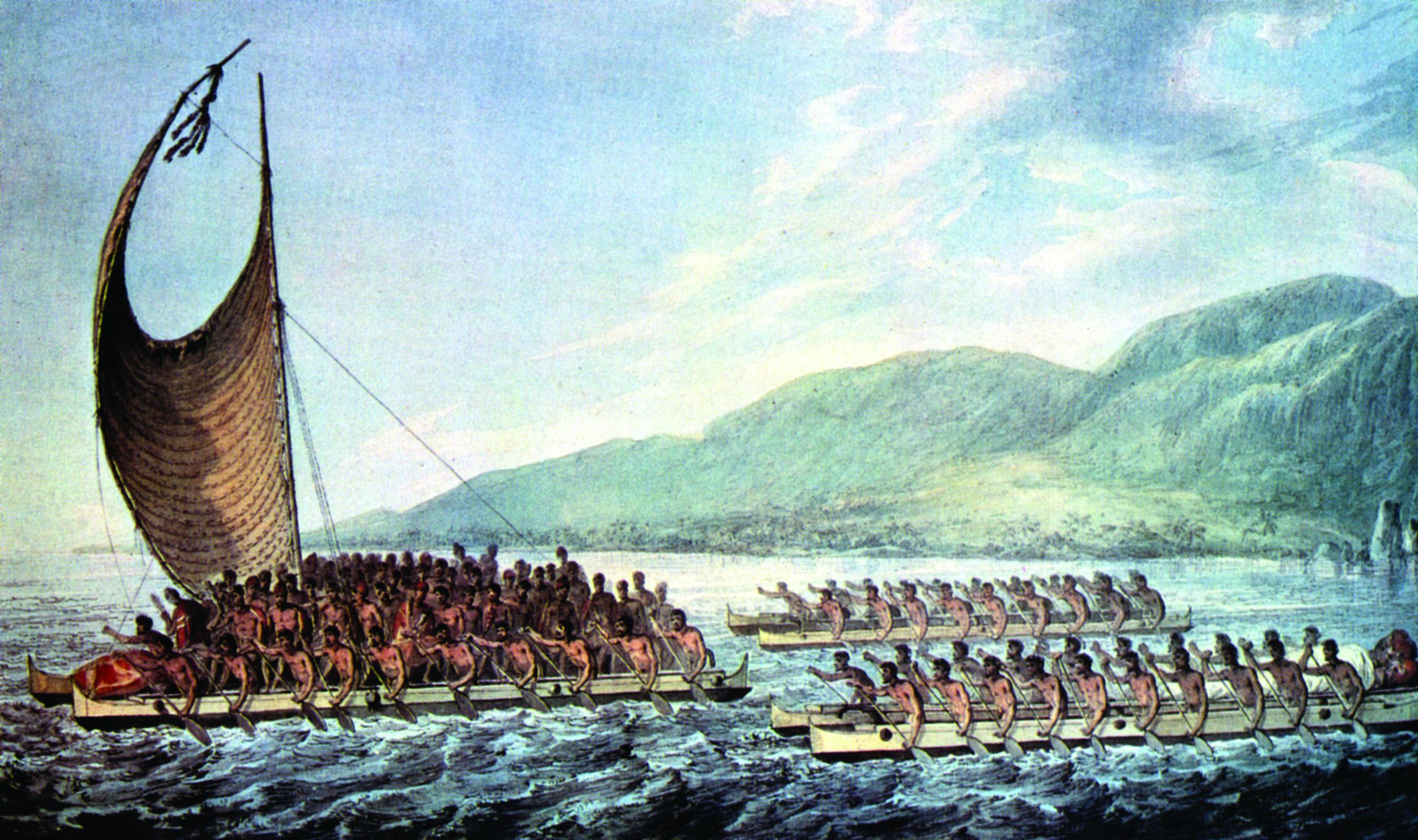
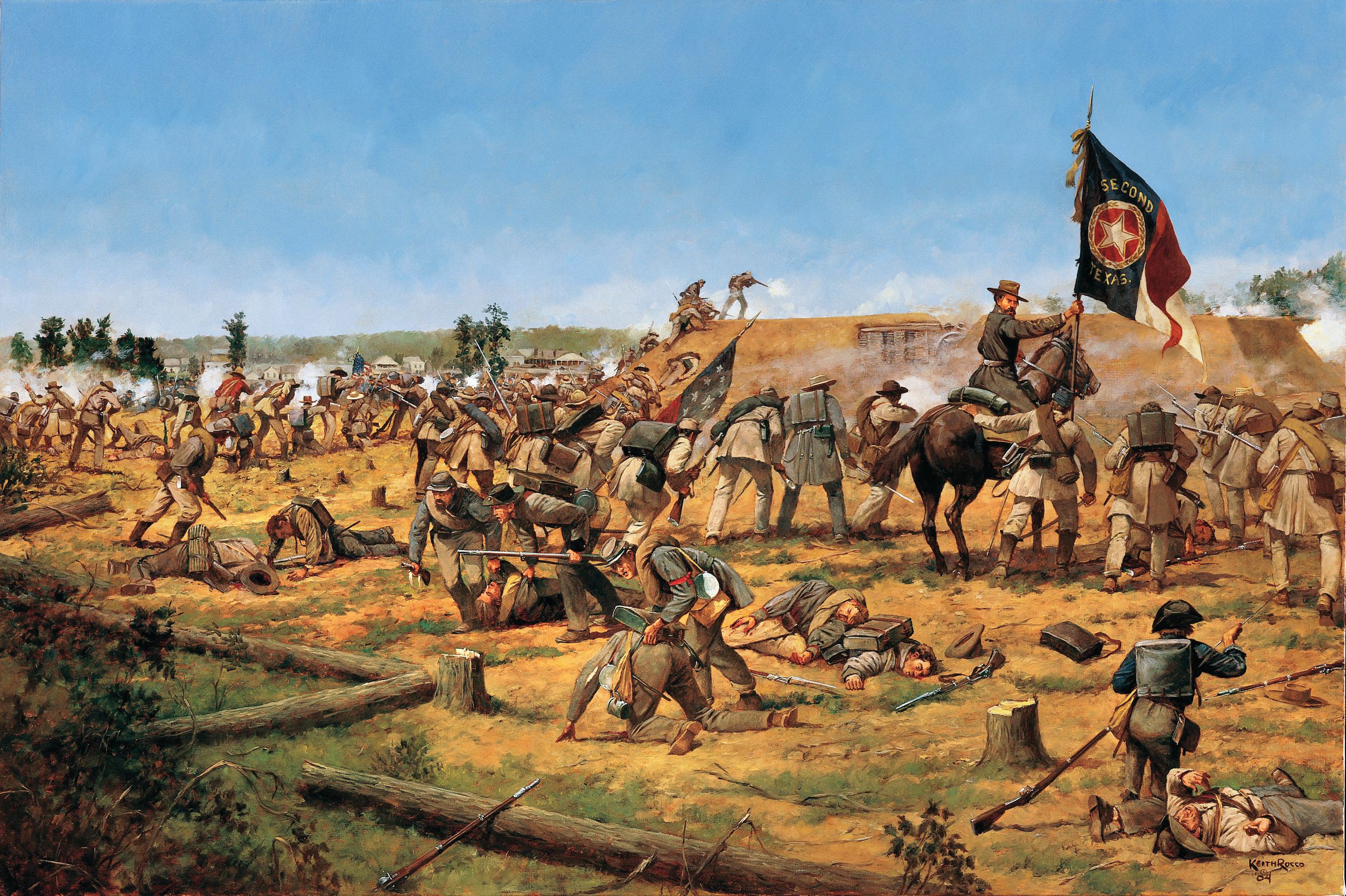
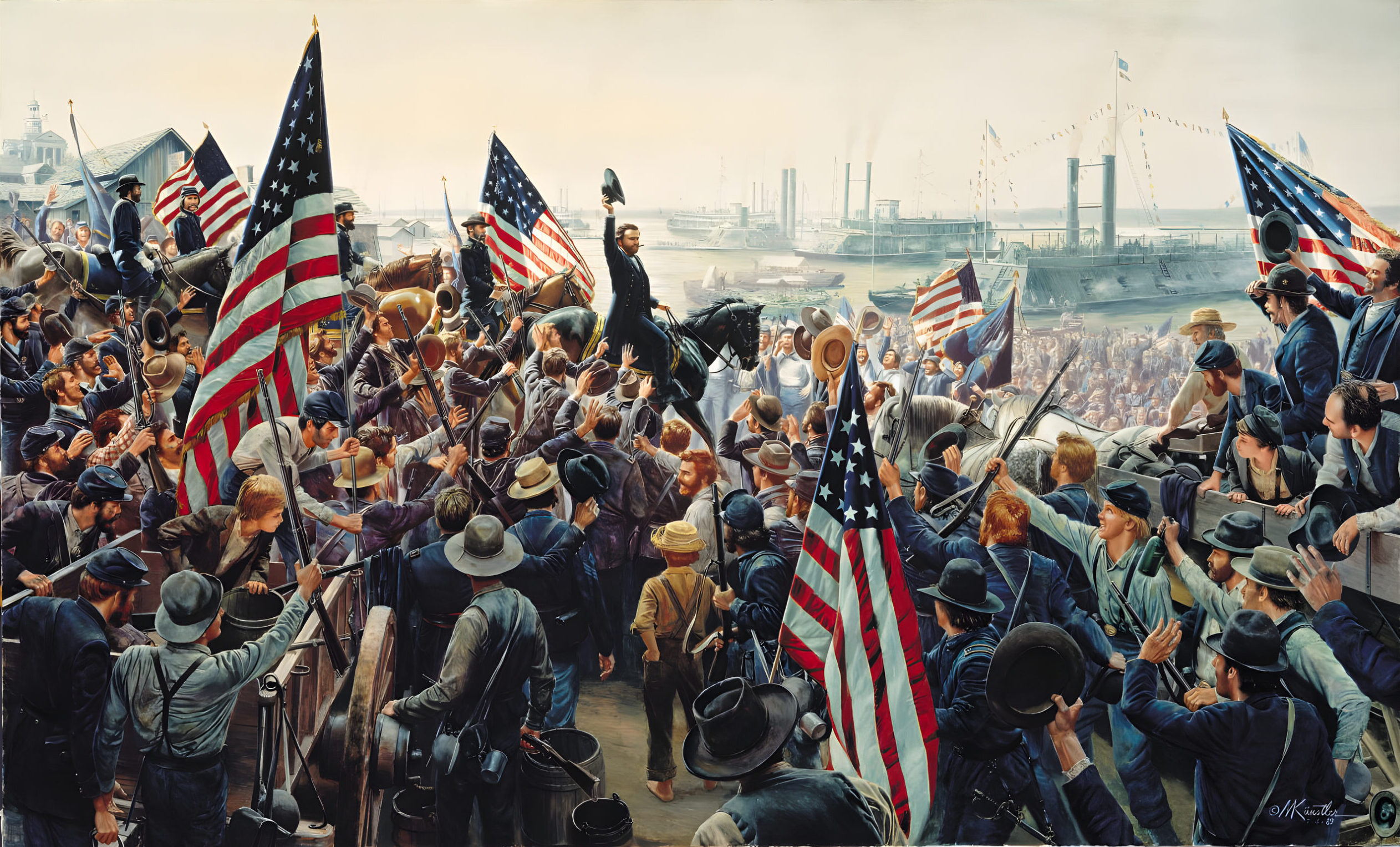
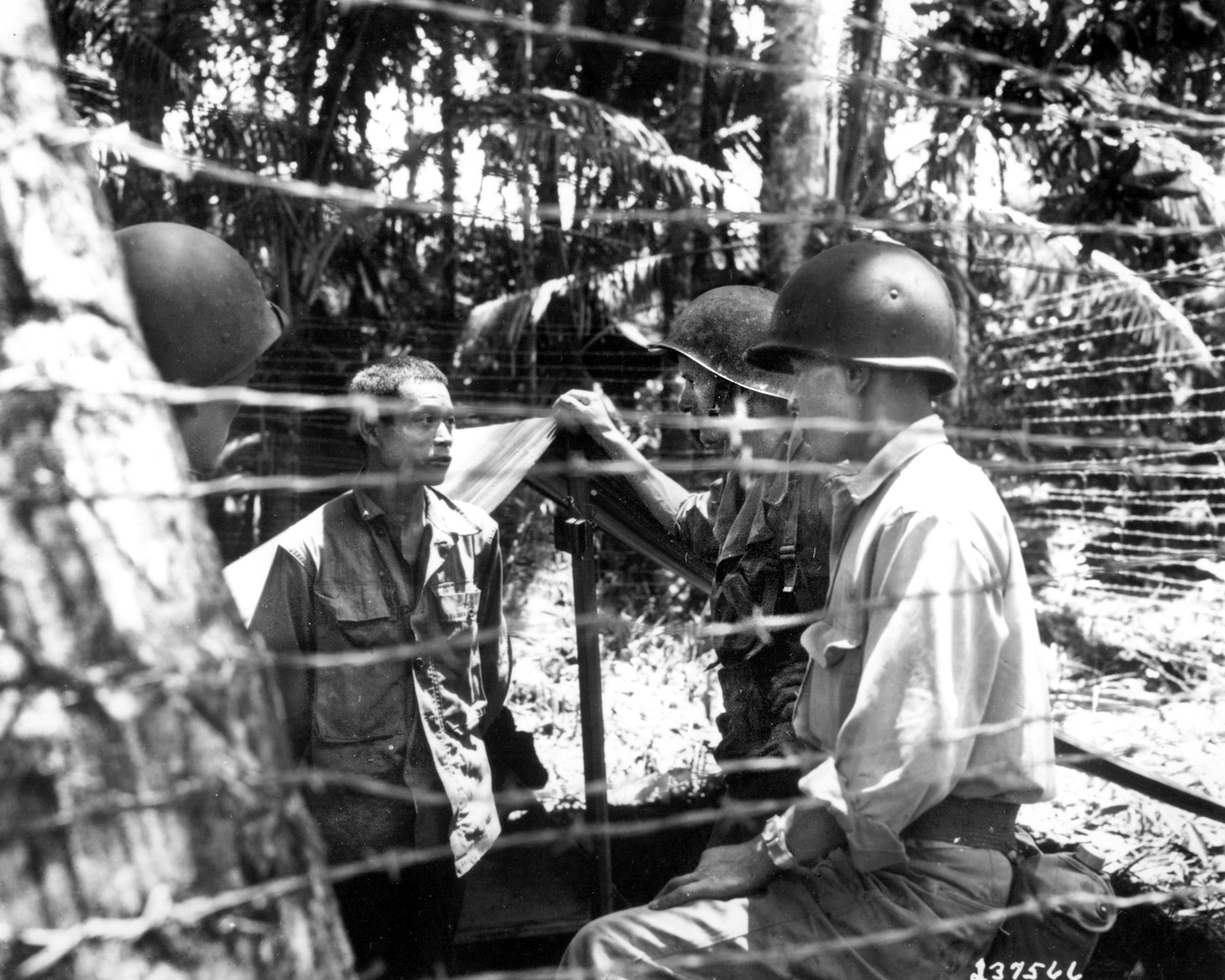

Join The Conversation
Comments
View All Comments